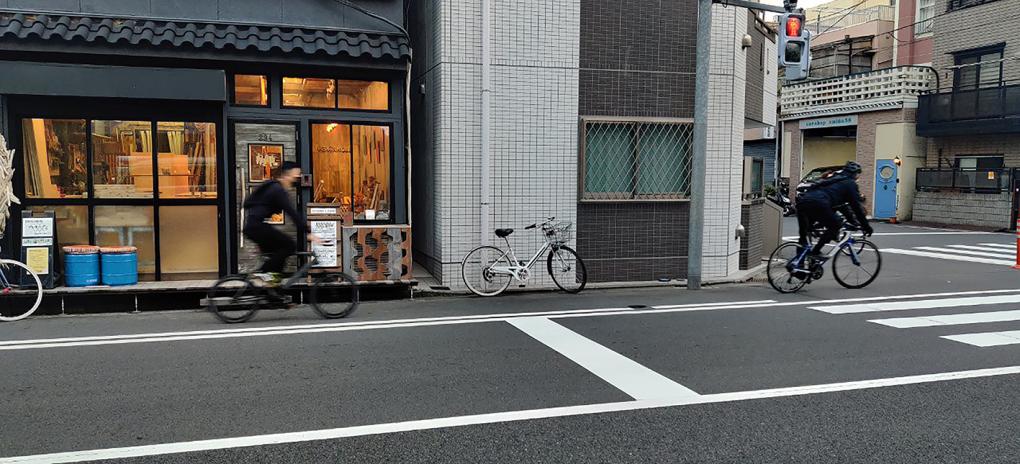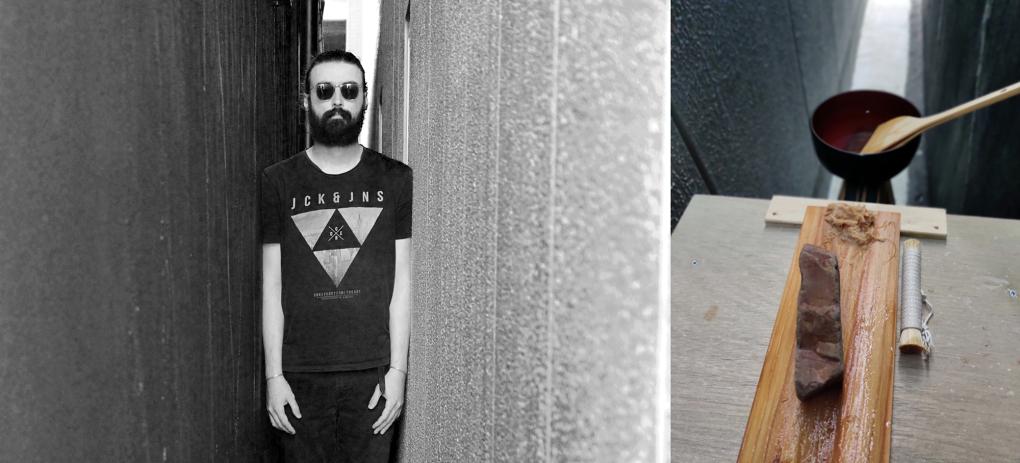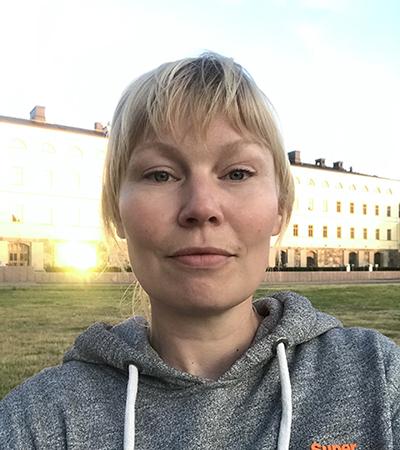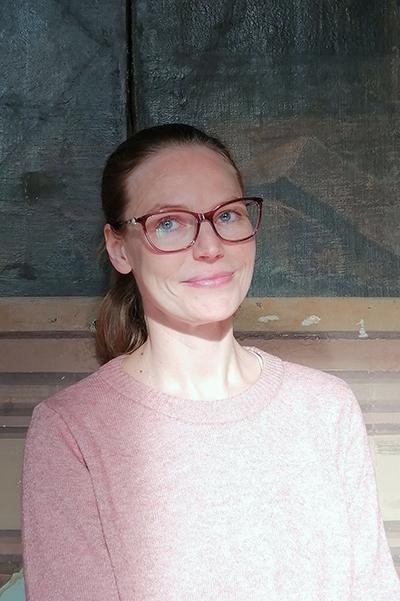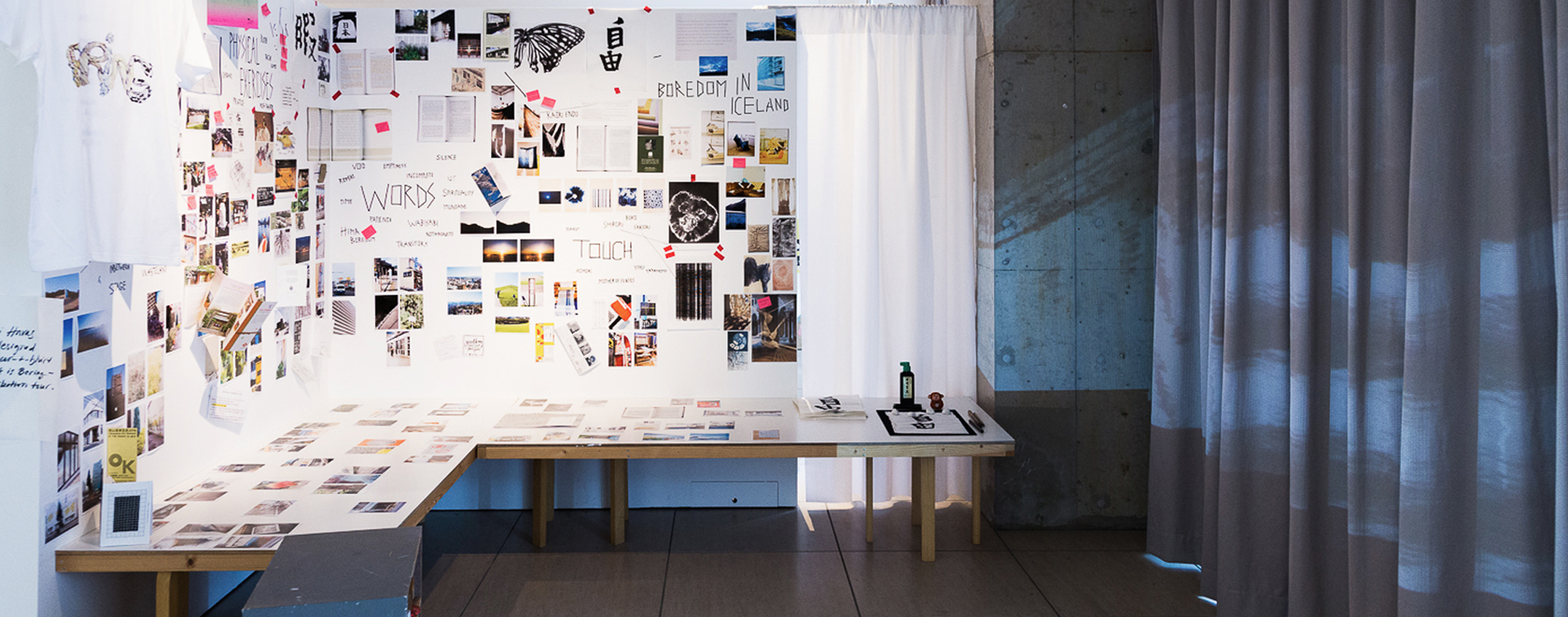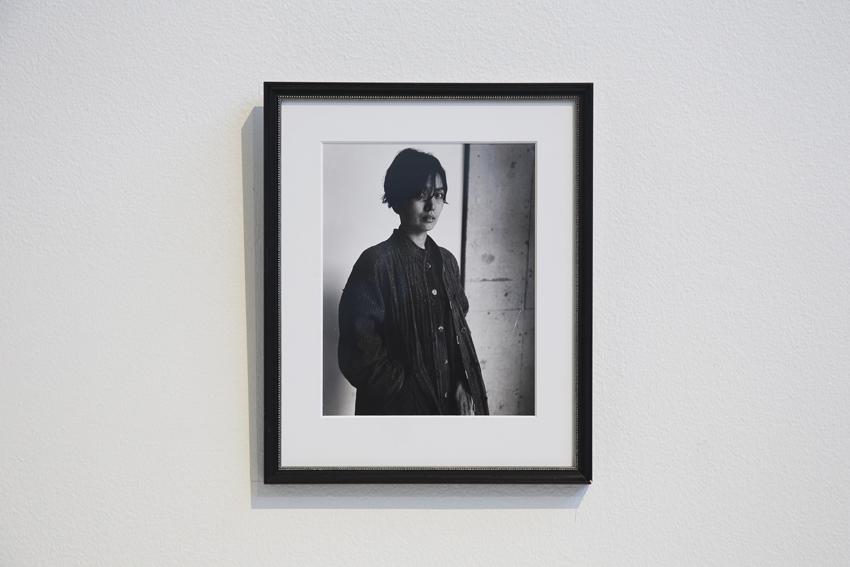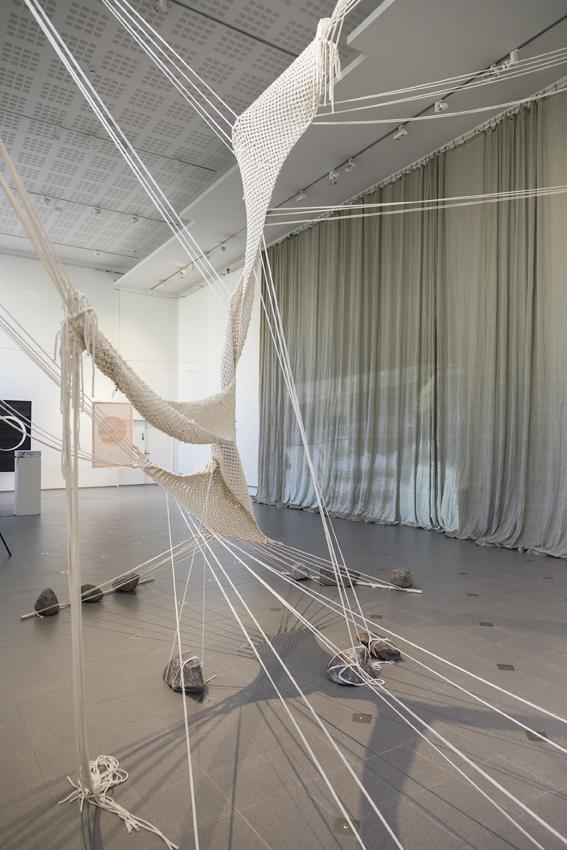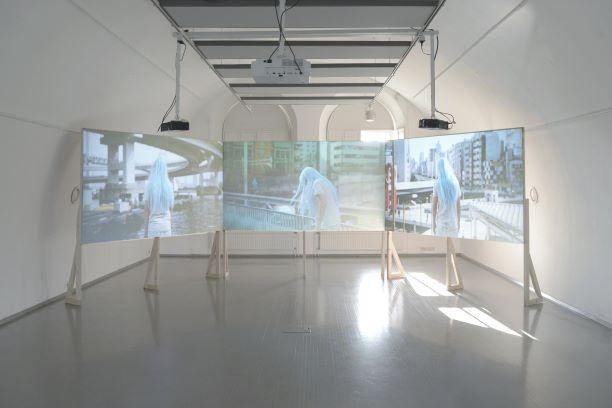Parsa Kamehkhosh, 2022, Tokyo Arts and Space
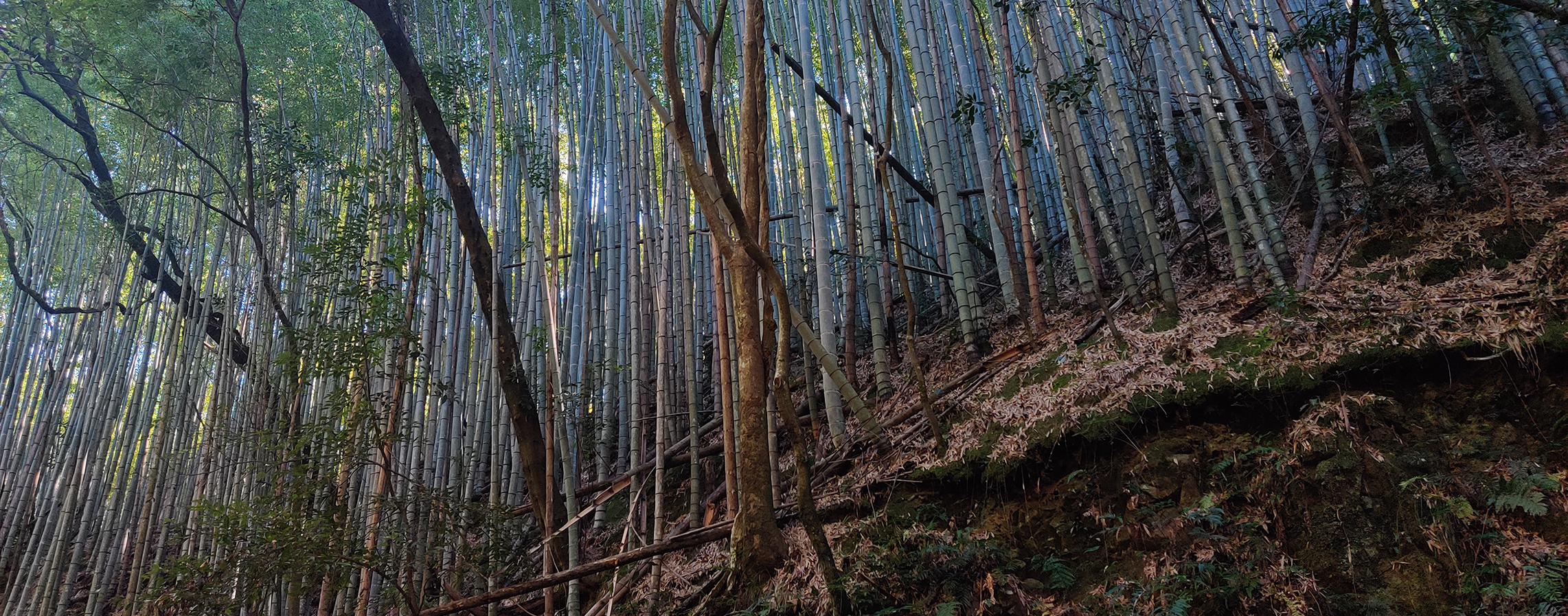
Parsa Kamehkhosh: A sense of presence and joy
An interview by Athanasía Aarniosuo
AA: You spent a few months in 2022 at Tokyo Arts and Space Residency. As your artistic practice involves incorporating your daily life, routines, and observations into your work, did the change of scenery bring on changes in your work as well?
PK: With the change of scenery, I expected to see new elements in the ideas that flowed through me. Because you know, when it comes to my art practice, I am hesitant to label myself as a creator. Instead, I see myself as a “door” through which certain ideas emerge, and to fulfill this role, I must be present, a challenging quality that I describe as being in the world.
This was my first trip to Japan, and I intentionally refrained from researching the country beforehand. I wanted the experience to be new and unfiltered, which it certainly was. In these situations, the mind enters an alert mode, in which one becomes fully engrossed in their surroundings, absorbing as much information as possible to navigate the new environment. Even simple acts like buying bread or crossing the street required absolute attention and sometimes demanded unlearning and relearning. This state of being usually extremely tiring and causes a lot of confusion as well, and I knew that all I need to do is try to be present (even if it means embracing my confusion) and wait for the digestion of new experiences to naturally manifest in my practice. Now a few months later, I would say some of the lessons I learned there or there have remained with me and will likely continue to influence my work in the future.
AA: I mentioned routine, but it seems to me that in your work emotions are bigger than routine, and experiencing life is never banal, not even at its most repetitive. How did the change of scenery make you feel?
PK: Sticking to a certain routine or discipline can sometimes help me reach a state of flow, and for me, being in the zone, feeling connected to the world, and experiencing joy are all interconnected. In fact, joy is an emotion that is truly compatible with my practice.
However, traveling can make it challenging for me to maintain my daily discipline. This was also the case during my residency in Japan, where I initially felt a lot of pressure and confusion due to first, the multitude of new experiences and second, the unexpectedly dense concrete structure of the neighborhood I was in. During the past eight years of living in Finland, I made a close bond with trees that I found surprisingly tough living without it in a dense city. Adding to that, my experience of getting Covid right after arriving in Tokyo, forced me to stay indoors for ten days which made me crave nature even more. Thus I would say regaining a sense of presence and joy turned into a goal of my practice in this residency, and I managed to achieve this through cycling. Every day, I used to go on a quest to find a piece of nature in or around the city to sit and wait. Through these daily trips, I had a blast experiencing a uniquely magical aura of nature in Japan which granted me a sense of connection to the new land.
Cycling also allowed me to be agile and flexible and visit many places that otherwise I might have never run into. It helped me become part of the daily life of the city and provided me with a much-needed sense of freedom and exploration.
AA: Did you plan the residency period in advance? Did the ideas that occupied your mind and your work while in Japan differ from what you expected?
PK: Before leaving for Japan, I articulated my plan as follows: “I intend to explore the concept of process and processing in the context of Japanese philosophy and the ethics of craft, with a particular focus on performance as an art practice. This will involve closely observing the elements of space, body, materials, and duration in craft traditions, as well as attempting to connect with the supernatural dimensions of the Japanese workspace.”
Looking back on my residency, I’m struck by how well the final piece aligned with my original plan. However, I now realize that the process of arriving at that piece was more organic than I had anticipated. Having a loose framework to guide my exploration, I remained open to the unexpected and allowed different elements to converge naturally. As a result, I had little control over how my ideas took shape and I think my willingness to relinquish control was an important factor in how everything worked.
AA: Did you experience any surprises, unforeseen encounters, or revelations?
PK: One of the most unexpected things was getting COVID right after arriving in Tokyo, which meant that the first place I visited, other than my room, was a hospital. However, apart from that, most of my experiences in Japan were full of subtle surprises or I would say realizations. For instance, I can refer to my realizations about the notion of light and shadow in Japanese culture which literally altered my understanding of them and already showed itself in the piece I performed at the end of the residency.
AA: Did any new ideas, conceived in Japan, develop into finished works or ongoing processes while back in Helsinki?
PK: The name of the piece I presented at the open studio at the end of my residency in Tokyo was ‘Rubbing a Stone on a Piece of Wood in the Neighborhood.’ As the title implies, the piece involved rubbing a stone on a piece of cedar wood. To create this piece, I built a working station that fits in the narrow 47 cm space between two buildings near the residency. For nine days in a row, I started 30 minutes before sunset and continued the repetitive act of rubbing for one hour until it got dark.
This piece ended up being the catalyst for a year-long project that I am currently planning, set to debut in 2024.
The August Round and Residencies
Finnish Cultural Foundation’s residency programme is maintained and developed in collaboration with HIAP – Helsinki International Artist Programme.
